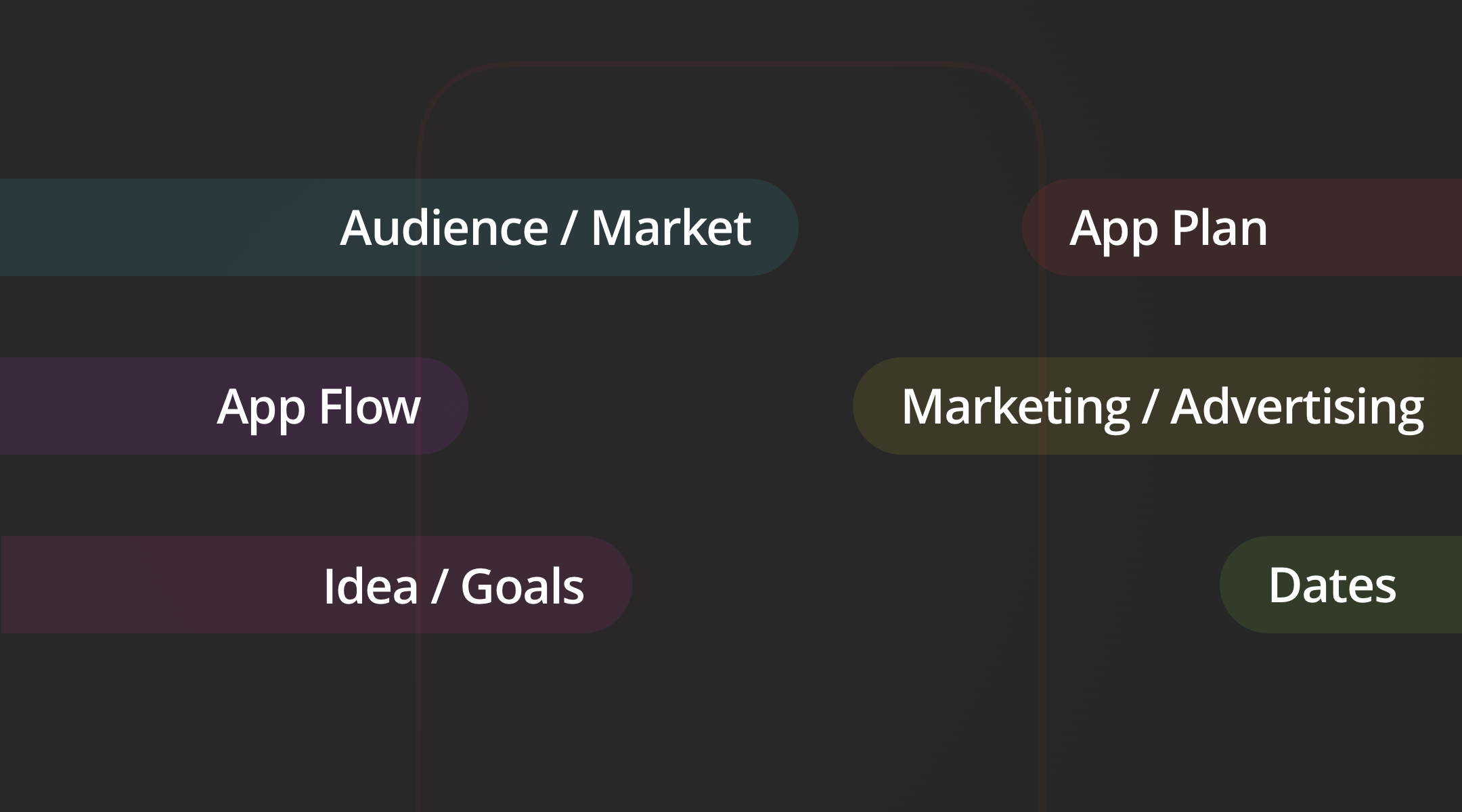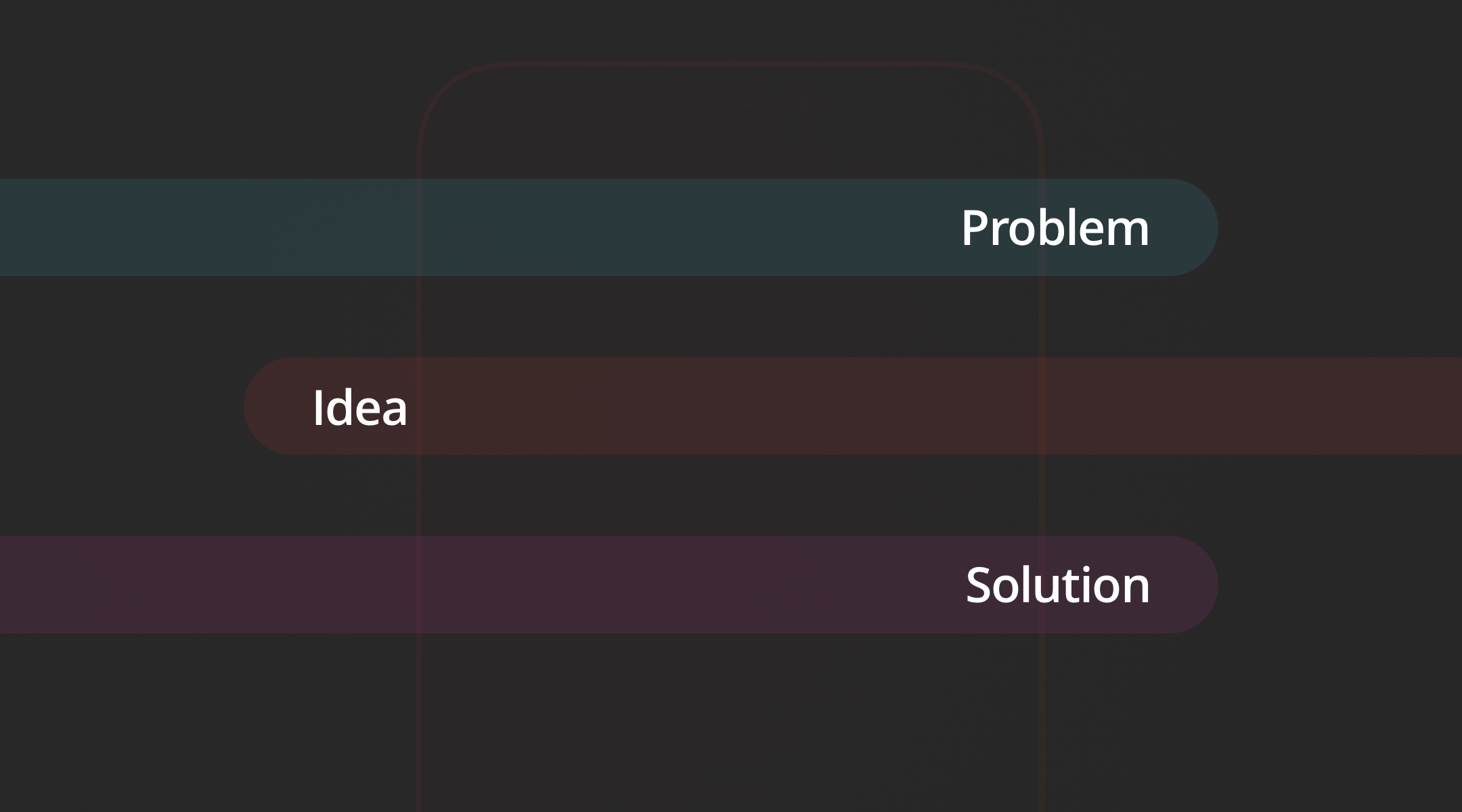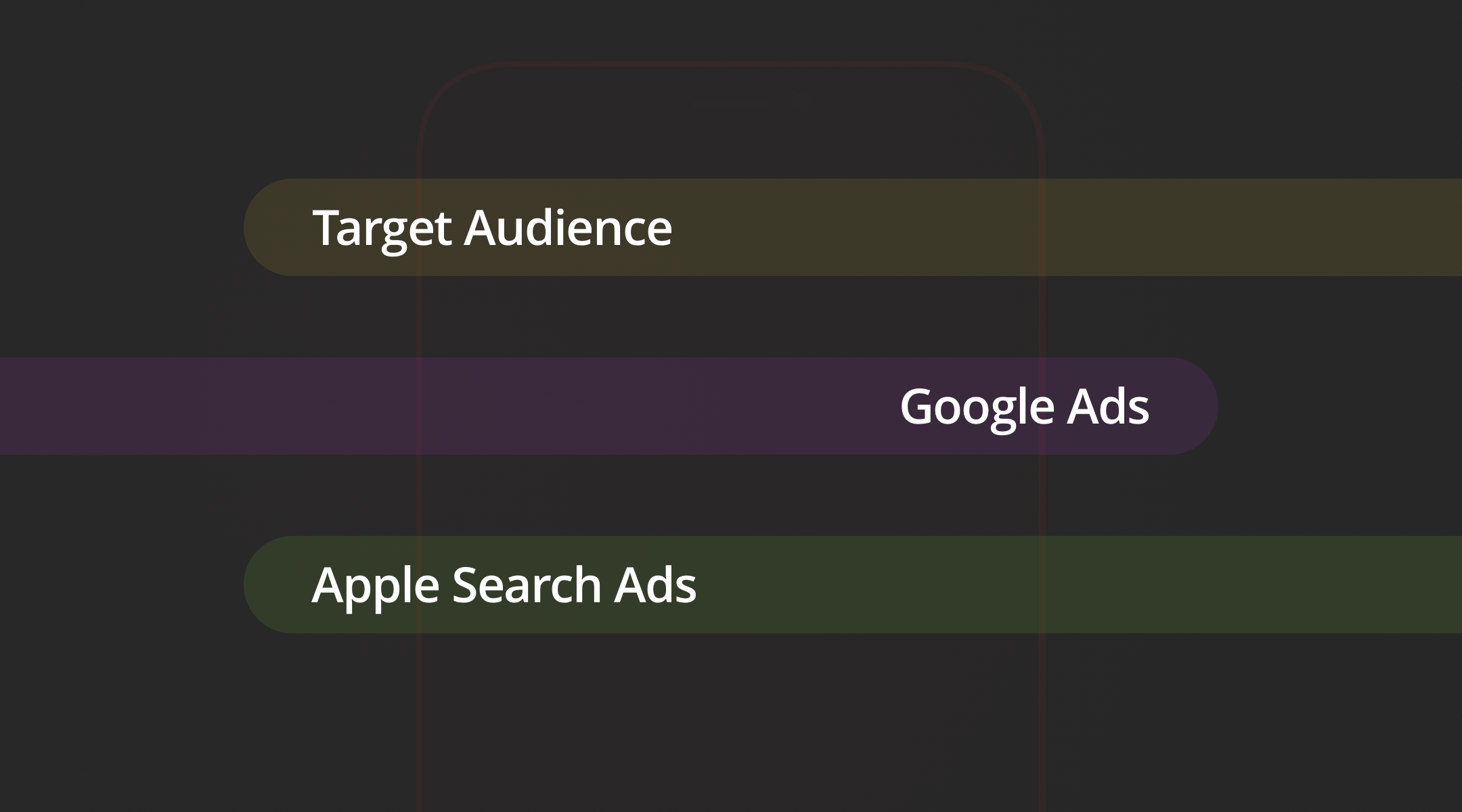A question that tends to come up a lot, through my instagram dm's or in my email, is where to start when building an app. There are so many different ways to go about this, and there is no one right way either. So I have decided to split up this week and next week into a little mock up of starting & building your next app! I will cover a plan for a potential future project, and then dive into sharing how to physically get started.
Draw Up a Plan
This might sound extremely obvious, but in a lot of cases where I have spoken with people interested in starting some sort of app / website, they do not have any starting point or plan. Before you jump into anything at all, writing down goals, ideas and a small structure of what you plan to do will be crucial for success down the road. When I first started out, I failed at this in my first application which caused some problems when I was launching my app, but overtime I have written up structures for future versions! Before we begin, I will share access to a Plan Template below in which you can use.
Access the App Plan Template created by LzCtrl
Going about this as simple as possible, the best way to start drawing up a plan is to grab pen and paper or open up a note app / web document (Habite has this)! Then from here we are going to start writing down what we need to happen before we start building the app, while building the app, and during launch of the app.

You have now grabbed some sort of tool to write down a small step by step plan for your next idea. Let's start with some key headers for this plan: Define the idea / goals, Define the audience / market, Projected Dates, Marketing / Advertising strategies, and Define the flow. These headers can either be filled out in bullet points or just small sentences. The idea here is not to write an essay, but instead point out certain items that will stand out for the development of your project. I will break down each point below:
Define the idea / goals
This one goes as the way it is written, you have some sort of idea and you want to build an app for it. This is the spot to jot down what your idea will consist of such as a problem and how to solve that problem. Let's use the below example for our entire plan.
The Problem: A person named Matt goes to work everyday. He tends to ride his bike to work considering the commute is about 15 minutes. However, he also has an option of taking the bus to work which takes about 20-25 minutes. The problem that comes up for Matt is that he needs to prepare his schedule accordingly in case there is snow or rain in which he may not be able to ride his bike.
The above problem is a real world example that happens a lot around the world. Now, let's say we have a solution to Matt's problem:
The Solution: We want to build a new app that will show Matt the forecast around him for the following days, along with a way to check-in to upcoming buses plus show his bus schedule. Going further with this solution, we may want to add a way for Matt to add what he wants to do for a particular day such as a scheduler inside the app.
We have just came up with a small solution for a problem. On top of this solution, we want to write down some goals for the app. Let's say our top 3 goals for our app will go as follows: Help users save time commuting, Increase safety of commuting, and Grow to a large user base. You can add these goals into the current header, and move onto the next header.

Define the audience / market
We know that users who will to use this app are those who have multiple commute options and need to get from point A to point B in a safe and time saving manner. We have just defined who our target audience is, now wasn't that simple.
Projected Dates
We need a rough draft of when we plan to start designing, building, testing, and launching the app. For this section, just jot down some main dates that you see your application needing.
For our app above, say we came up with the app idea on Feb 1, we want to start designing right away so we will give ourselves a couple days to come up with a broad design idea (remember: it does not need to be perfect). Then we expect to build this app in about 1-2 months considering we will use location for our users which means we need to find any helpful tools for grabbing local transits in a specific area, along with that we need to find tools for grabbing weather forecast. So with this in mind, we plan to have a beta of our app done by April 1.
From here, we will ask potential users to test the app for about 2 weeks. We are now around mid April, the last part of April we can spend fixing bugs, doing more testing, and improving the app. Finally, we will prepare a public launch on May 1. Our app now has four rough dates starting from Feb 1 and ending on May 1. When we actually begin building the app, we may run into problems which may push dates back, or better yet, we may find ways to speed up development which may bring the dates closer to us.

Marketing / Advertising Strategies
This could be something as simple as starting an Instagram page for the app or building a website with a countdown timer for the app launch! Marketing is one of the biggest factors when it comes to gaining exposure and users. If you are not sharing progress, features, goals, and getting potential users then you may not reach your user acquisition goals. For both of my applications, I began sharing small snippets and designs of the app's when I began the Instagram's along with grabbing potential users and creating a spreadsheet of who I would email when the app's would launch.
On top of this strategy, it is a great idea to begin researching into Google Ads or Apple Search Ads! They are both great to use for gaining exposure and users, but I will note, do not overspend for either of them. Make sure you are monitoring how your ads are performing, and tracking them to where you see what each potential user does (i.e. Open the website, ask questions / contact, etc).
Define the flow
The last step here for your plan is to jot down exactly how your app will be used. If we continue with our example from above, we can state that the app will consist of authorization with logging in, getting the users location, showing forecast, having transit options around them, and allowing the users to schedule their days. This is a very basic flow of how the app should act, but of course there are sub flows within each major flow. Though we will not get into those considering we may write down a lot more for each sub flow.
Final Thoughts
Starting a new app, one that you want to be successful, is no easy task. However, taking that extra step to create a plan / layout for what you want will go a long way once you get your app on its feet. From my personal experience, doing what I have shared above will help a lot from the development / testing processes all the way to maintaining process. If you want to solve problems and help change the world step by step, it will not be easy, but you will most certainly learn a lot!
Access the App Plan Template created by LzCtrl
